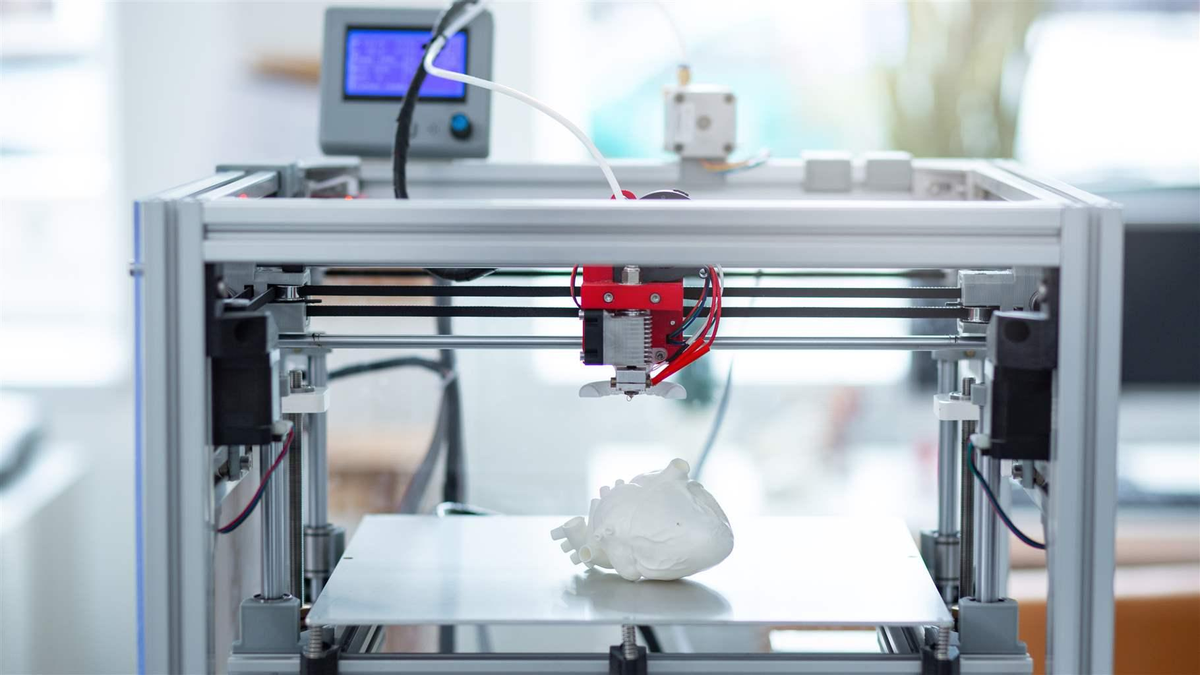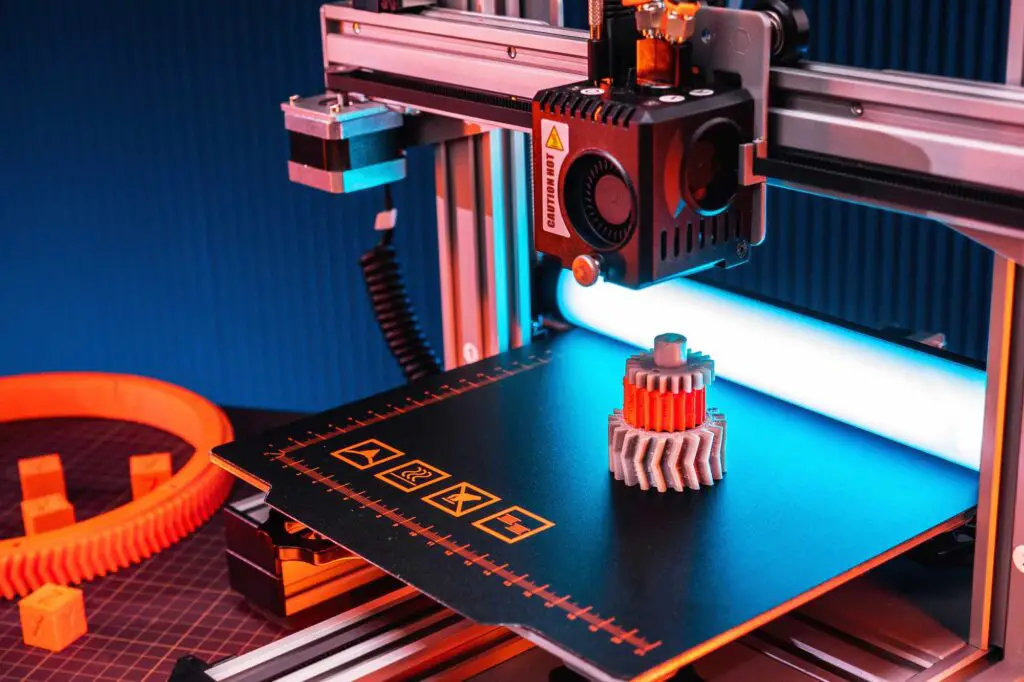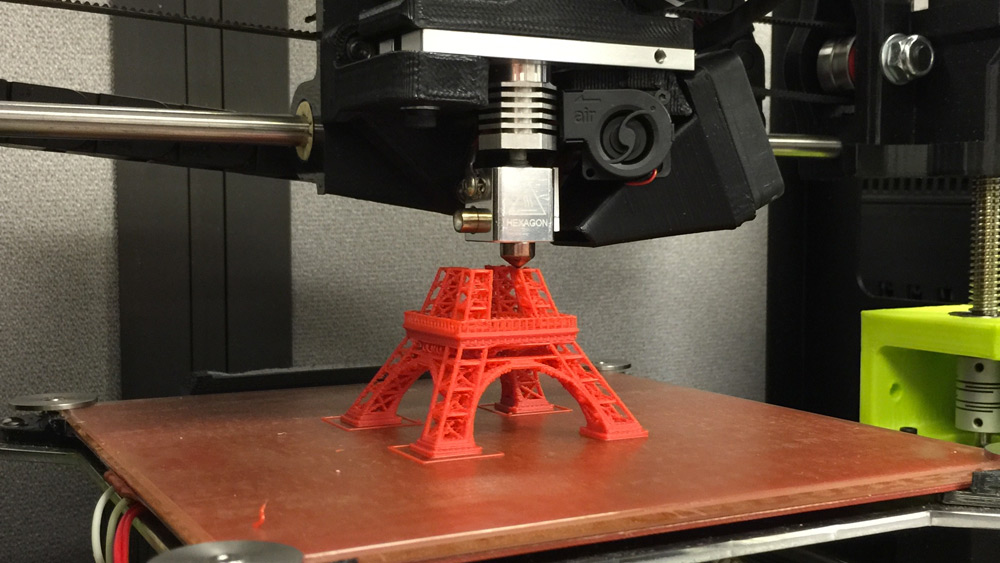Is it illegal to 3d print a 3d printer
As 3D printing technology becomes more accessible, many people are exploring the idea of creating their own 3D printers. However, the question on whether it is legal or not to 3D print a 3D printer has been a subject of debate among enthusiasts and intellectual property experts.

The rise of 3D printing technology has spurred innovation and creativity, making it easier for people to bring their designs to life. With the availability of 3D printing kits and open-source designs, it’s now possible to build a 3D printer from scratch. However, with the emergence of 3D printing, comes the concern of intellectual property infringement.
With the recent buzz surrounding 3D printing, it’s important to understand the legal implications of 3D printing a 3D printer. In this article, we’ll examine the laws and regulations surrounding 3D printing, and explore whether it is legal or not to 3D print your own 3D printer.
What is 3D Printing?
3D printing, also known as additive manufacturing, is a process of making three-dimensional solid objects from a digital file. It involves laying down successive layers of material to create an object. 3D printing is the opposite of subtractive manufacturing which is cutting out portions of a block of material to create an object.
The technology has become increasingly popular in recent years – especially in the fields of design and engineering – due to its versatility and cost-effectiveness when compared to traditional methods such as injection moulding. With 3D printing, complex shapes can be created with ease and less waste material than other forms of manufacturing.
3D printing can be used for producing parts, prototypes and end-use products quickly without the need for expensive tooling or dedicated production facilities. The technology is being used for a variety of applications including medical implants, consumer electronics, automotive parts, food production and aerospace components.
In terms of legality, 3D printing itself is not illegal but there are legal issues that could arise depending on what you’re trying to produce. As with any kind of manufacturing process, if you’re creating copyrighted items or replicating patented designs then you may face infringement issues. It’s important to ensure that all legal requirements are met before undertaking any 3D printing projects.
Why are People Interested in 3D Printing Guns?
3D printing guns have gained a great deal of attention in recent years due to their potential for creating weapons without the need for traditional manufacturing methods such as injection moulding. The technology allows people to easily print firearms from digital designs and has the potential to revolutionize the way that firearms are produced.
The ability to 3D print guns has led to increased interest in the technology, both from gun enthusiasts looking to create their own firearms and from those who are concerned about the potential implications of such a powerful technology. The ease with which someone can create a firearm using 3D printing could lead to an increase in gun-related violence and illegal activity, making it important for governments and manufacturers alike to be aware of this potential.
At the same time, 3D printed guns also offer certain benefits when compared with more traditional forms of manufacturing. For example, they can be customized and tailored to individual specifications quickly and cheaply. This could make them particularly appealing for those who require specialized weapons or who cannot afford mass-produced firearms.
Overall, 3D printed guns have generated a great deal of debate over their potential uses and implications in society but it’s clear that they have the capacity to drastically change how firearms are produced and used in our world today.
History of 3D Printed Guns
The history of 3D printed guns dates back to the early 2000s, when the technology was first developed. Since then, 3D printing has been used to create a wide range of products from prosthetic limbs to toys and trinkets. But it wasn’t until 2013 that the technology was used to print firearms for the first time.
In that year, Defense Distributed, an American company led by Cody Wilson, released the world’s first 3D printed gun known as ‘The Liberator’, which sparked international controversy and debate over the potential implications of such a powerful technology.
Since then, 3D printed guns have become increasingly popular with gun enthusiasts who are looking for ways to make their own firearms quickly and affordably. The ease with which someone can create a firearm using 3D printing could lead to an increase in gun-related violence and illegal activity so governments around the world have taken steps to regulate or even ban 3D printed guns altogether.
However, despite this opposition, 3D printers remain widely available and continue to be used for manufacturing firearms in some parts of the world.
Early Work on 3D Printed Firearms
Early work on 3D printed firearms began in the early 2000s and Defense Distributed was at the forefront of this research. Led by Cody Wilson, the company released the world’s first 3D printed gun known as ‘The Liberator’ in 2013.

This sparked a debate over the potential implications of such a powerful technology and its effects on illegal activity and violence. Since then, 3D printed guns have become increasingly popular with gun enthusiasts who are looking for ways to make their own firearms quickly and affordably.
Governments around the world have taken steps to regulate or even ban 3D printed guns altogether but despite this opposition, 3D printers remain widely available and continue to be used for manufacturing firearms in some parts of the world.
Defense Distributed and the Birth of Digital Blueprints
Defense Distributed, a Texas-based company led by Cody Wilson, is credited with pioneering the use of 3D printing in firearms manufacturing. In 2013, they released ‘The Liberator’, the world’s first 3D printed gun.
This caused a stir among governments around the world as it was feared that this technology could be used to create illegal weapons without detection or monitoring. Since then, Defense Distributed has remained at the forefront of 3D printed firearm research and development and has continued to push boundaries with their digital blueprints.
These blueprints are accessible on their website and allow anyone with access to a 3D printer to manufacture their own guns from the comfort of their home. Although there have been legal challenges surrounding these digital blueprints, Defense Distributed continues to innovate and provide individuals with the means to make reliable firearms quickly and affordably.
Legal Issues Surrounding 3D Printed Guns
The legal issues surrounding 3D printed guns are some of the most contentious in the world today. In many countries, it is illegal to 3D print a gun without prior permission and authorization from the relevant authorities.
This has caused a great deal of controversy as proponents of digital rights argue that prohibiting access to 3D printing technology limits freedom of expression and creativity. In response, governments have taken steps to regulate access to digital blueprints provided by Defense Distributed and other organizations, as well as implementing laws criminalizing the possession or manufacture of 3D printed guns without proper authorization.
Despite this, 3D printing technology continues to be accessible in some areas, allowing individuals with access to a 3D printer the ability to create their own weapons from home. As such, it is important for those considering making use of these technologies to check their local laws before doing so.
Manufacturing of Guns Through 3D Printing Technology
The manufacturing of guns through 3D printing technology is a process that has been gaining traction in recent years. With the help of a 3D printer, individuals are able to create their own guns from the comfort of their own home. This has caused much concern due to the potential for misuse and abuse of such weapons.
As a result, much debate has surrounded this topic in terms of whether or not it should be regulated more heavily or even banned altogether. On one side, those who are in favor of 3D printed gun manufacture argue that it is an important tool for ensuring freedom and self-defense. They contend that prohibiting access to such technology limits freedom of expression and creativity as well as potentially removing an important safety measure from individuals living in volatile situations.

On the other side, many governments have implemented laws criminalizing the possession or manufacture of these weapons without proper authorization due to fears that they could fall into wrong hands and be used in violent acts such as terrorism or mass shootings.
Ultimately, this is an issue that requires further discussion and research before any serious decisions can be made regarding its regulation or prohibition. It is important for those considering making use of these technologies to check their local laws before doing so, as well as consider all sides carefully before taking action.